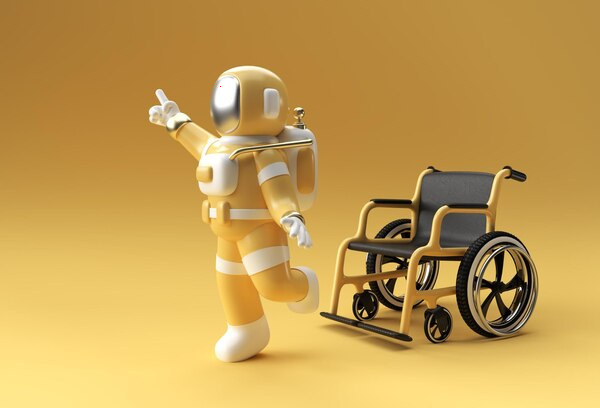Innovations in Avionics Systems

Avionics systems have undergone remarkable transformations over the years, propelling the aviation industry into an era where technology and innovation dictate the future of flight. As the backbone of modern aircraft, avionics play crucial roles in navigation, communication, and performance optimization, ensuring safety and efficiency at unprecedented levels. The latest innovations in avionics systems promise to revolutionize the way we think about aviation, from enhanced safety features and improved environmental sustainability to advanced communication systems and automation.
One of the key areas of innovation in avionics is the integration of artificial intelligence and machine learning algorithms. These technologies enable the development of more intuitive systems capable of predictive maintenance, flight path optimization, and real-time data analysis. AI-powered avionics are significantly improving decision-making processes in the cockpit by providing pilots with augmented situational awareness and automated systems that can manage complex scenarios, such as weather changes or unexpected technical issues, with greater precision and speed.
Another exciting development in avionics is the advancement of glass cockpit technology. Traditional analog dials and gauges are increasingly being replaced by digital displays, offering pilots a sleek interface that consolidates all necessary information into a cohesive and customizable format. These digital cockpits provide a comprehensive overview of aircraft performance, navigation routes, and environmental conditions, enhancing the pilot's ability to monitor and control the aircraft more effectively.
The emergence of satellite-based navigation systems represents another leap forward for avionics technology. The Global Navigation Satellite Systems (GNSS), including the United States' GPS, Europe's Galileo, and Russia's GLONASS, are integral to modern aviation, ensuring more accurate and reliable navigation. These systems allow for precision landing approaches and improved route planning, reducing fuel consumption and minimizing delays.
In the realm of safety, avionics innovations have introduced advanced collision avoidance systems and improved monitoring technologies. Modern Traffic Collision Avoidance Systems (TCAS) are more sophisticated, providing seamless integration with other aircraft systems and offering enhanced alert accuracy. Furthermore, Enhanced Ground Proximity Warning Systems (EGPWS) rely on advanced terrain mapping and data integration to prevent controlled flight into terrain, one of the most persistent risks in aviation.
Communication advancements are also at the forefront of avionics innovation. Aircraft are now equipped with more robust and secure communication systems, such as Automatic Dependent Surveillance–Broadcast (ADS-B), which improve aircraft tracking and enhance air traffic control cooperation. These systems offer real-time data sharing between aircraft and ground stations, reducing the potential for miscommunication and increasing overall safety.
The trend towards more environmentally sustainable aviation is supported by innovations in avionics as well. Modern systems contribute to fuel efficiency by optimizing flight routes and speeds, reducing emissions and helping airlines meet stringent environmental regulations. The development of electric and hybrid propulsion systems further underscores the commitment of the industry to reducing its carbon footprint, with avionics systems playing a pivotal role in managing these new power sources.
Lastly, the increasing autonomy of unmanned aerial vehicles (UAVs) and drones highlights another significant trend in avionics. The integration of sophisticated navigation and control systems allows these aerial vehicles to perform tasks ranging from cargo transport to surveillance with minimal human intervention. This technology holds transformative potential for various sectors, including logistics and emergency response, by offering efficient solutions to complex challenges.
In conclusion, innovations in avionics systems are reshaping the aviation landscape, making air travel safer, more efficient, and environmentally sustainable. As these technologies continue to evolve, they promise to further enhance the capabilities of both manned and unmanned aircraft, setting new standards for what is possible in the skies. The future of aviation is intrinsically linked to these advancements, as the industry embraces cutting-edge solutions to meet the challenges of tomorrow.